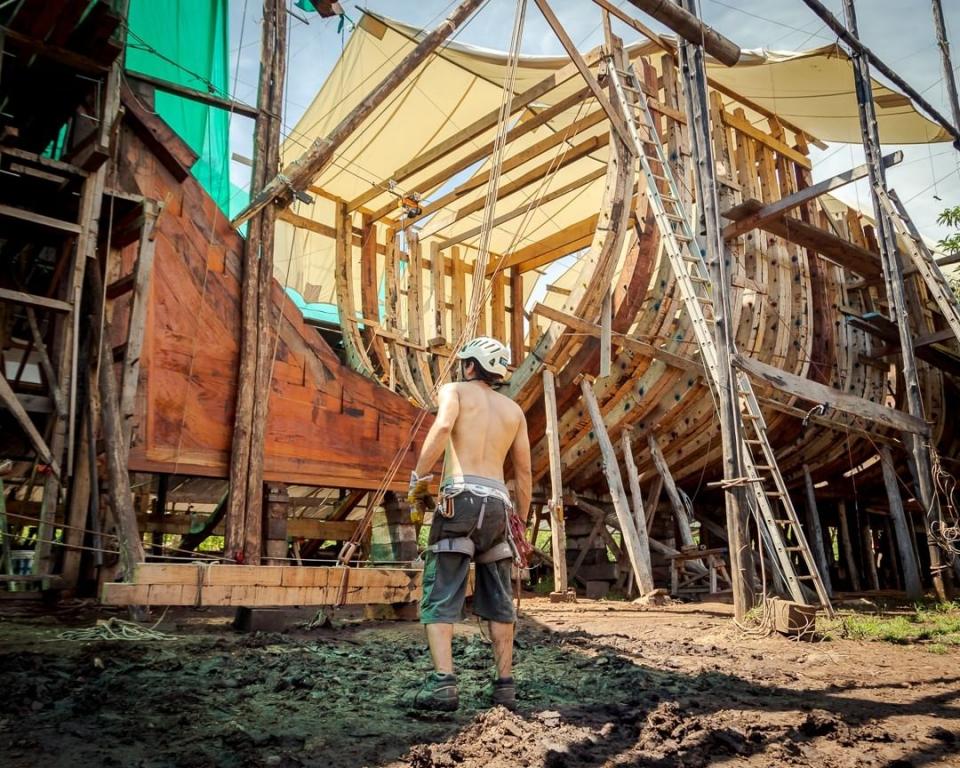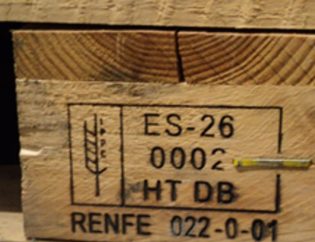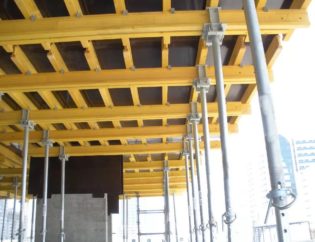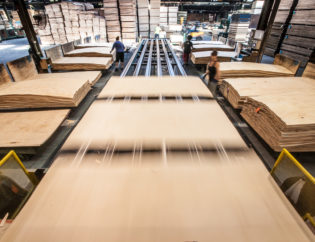
By Robert Dalheim – COSTA RICA – Canadian company Sailcargo believes that zero-carbon shipping is possible and commercially viable – and it’s trying to prove it with Ceiba, a timber sailing ship that could will cross oceans without the use of any fossil fuels. The ship utilizes both old and new technology, featuring sailing masts, solar panels, a regenerative electric engine, and batteries.

“As a group of shipwrights, carpenters, business professionals and sailors, Ceiba is our effort to inspire change in the industry that we have devoted our lives to,” says Sailcargo founder Danielle Doggett. “Ceiba is a sustainably constructed vessel that will carry cargo 100 percent emission free.” “When operational in 2022, she will be the world’s largest, active, clean ocean-going cargo vessel.”

Doggett is building the ship in Costa Rica with the help of a small construction team led by experienced Canadian woodworker Lynx Guimond. Lumber is sourced fallen tamarind trees and other hardwoods.

Ceiba will carry around 250 tons of cargo when complete – equivalent to about 10 shipping containers. That’s significantly smaller than today’s largest cargo ships, which carry around 20,000 containers. But that still makes it nearly 10 times bigger than the next biggest fossil-free ship, the Tres Hombres. Doggett’s goal is not to necessarily compete with big shipping companies. It’s to show those companies that they can still turn a profit while lowering carbon emissions. It’s to “inspire those other large for-profit companies to pick up their game,” she told BBC.

Doggett and Sailcargo still have a long journey ahead. The ship needs to prove itself at sea. The ship’s regenerative engine – which combines wind power, electricity, and solar power – needs to provide enough power. When the ship is traveling using its sails, propellers will act as underwater turbines to harness extra energy. That energy, along with everything that’s captured by its solar panels, will be stored in a battery until it’s needed. The engine is purely electric and does not feature diesel-backup. They also need more funding. Around $800,000 has already been raised, but at least $3 million more is needed to complete the ship by 2022.










